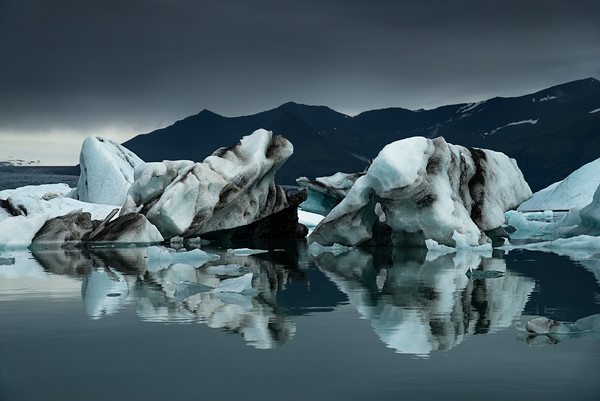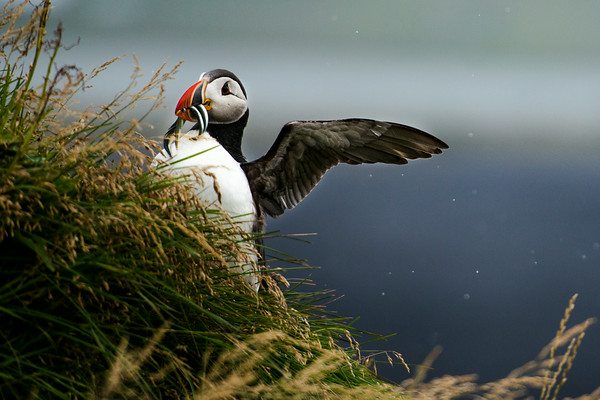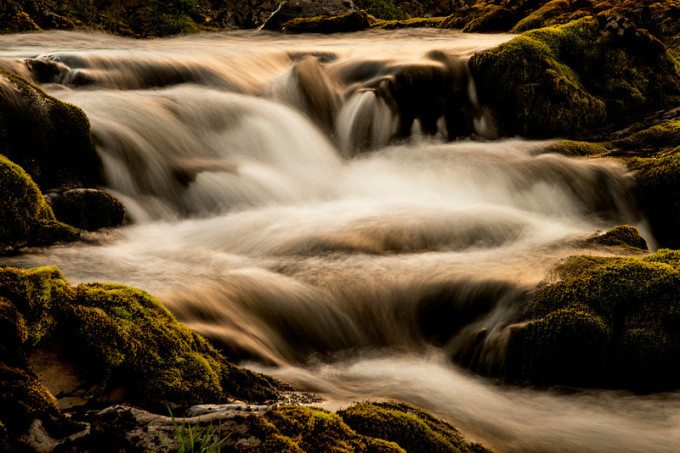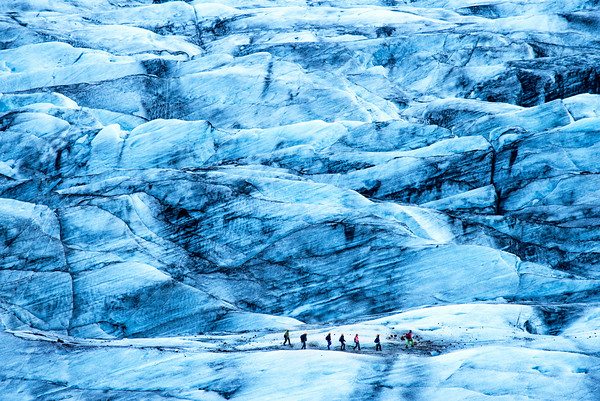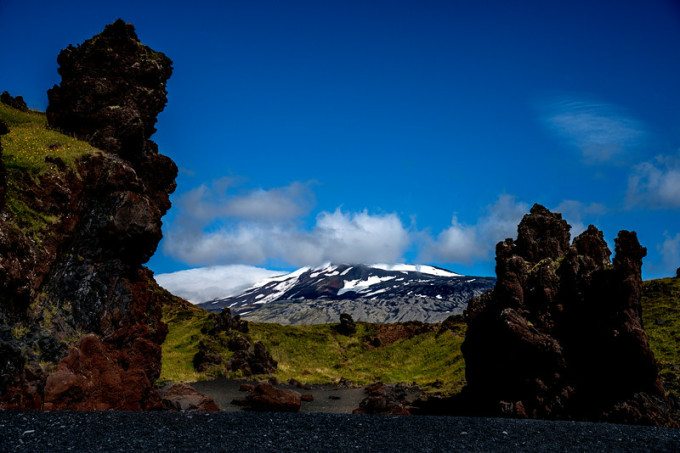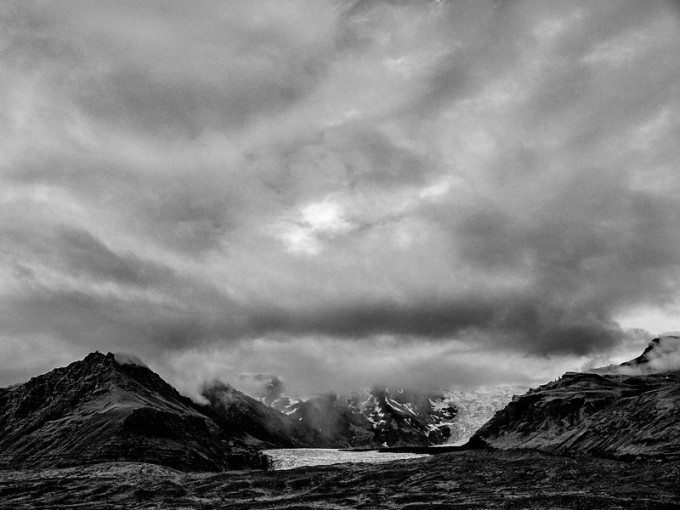Recently I spent almost two weeks on a trip to Iceland with a primary purpose of shooting landscapes of the amazing country. It is always hard to guess exactly what I would need, especially considering I am more of a portrait photographer than a landscape photographer and am not especially experienced at landscapes, though like nearly all photographers, I love shooting landscapes.
I want to go through what I decided to pack for my trip to Iceland, why I decided to pack it, and what I would do differently if I knew what I knew now after two weeks in Iceland.
Editor’s Note: This is a guest blog post from former Phoblographer staffer Thomas Campbell.
Cameras
What I packed:
- Nikon D800
- Nikon D4
- Nikon D4
- HTC One (M8)
This was a pretty simple decision. I have three Nikon cameras and brought them all, along with my HTC One for Instagram while I was there.
What I wish I packed:
- Nikon D810
- Nikon D810
- Nikon D4s
- HTC One (M8)
Now I brought the D4 bodies mainly as a backup and to take time lapses at the different places I shot. What I would have done differently is carried the two D810s each with a lens mounted and switched off which one I shot with depending on the lens needed. Not having to switch lenses would have been really helpful, because it was often rainy and very windy throughout Iceland. While the D4 produces great files, I really wanted to utilize the file size and quality of the D800 while I was there.
Lenses:
What I packed:
- Rokinon 14mm 2.8 Manual Focus
- Nikon 24-120mm 4G VR
- Nikon 35mm 1.4G
- Nikon 35mm 1.4 AIS manual focus
- Nikon 50mm 1.2 AIS manual focus
- Nikon 70-200mm 2.8G VR II
This was a pretty simple decision, as well. The two manual focus lenses were primarily for backup and if I was doing something where I thought I might destroy a lens and/or camera, I could use that rather than destroying my good gear. Plus they are super tiny and light, so they are super simple to throw in the bag just in case. I packed my Nikon 70-200 because it would give me some flexibility when I wanted to get some compression and it would be a goto portrait lens if I came into a situation where I found a great spot to shoot a portrait. As my friends Andrew Hancock (www.andrewhancock.com) and Bill Frakes (www.billfrakes.com) have taught me, you should always be prepared to make a portrait. So I am not going on a two week long trip with incredible backgrounds without a great lens to make portraits and the Nikon 70-200 is one of the best. The Nikon 35mm 1.4G is great because it is one of my favorite walk around lenses. Super sharp and quick to focus, the 35mm would be the lens I leave the house with if I could only choose one.
Finally into the meat of what I brought – my Nikon 24-120mm 4G VR and my Rokinon 14mm 2.8 manual focus. These were the two most used lenses on my trip and my 24-120 was easily my most used lens. The 14mm provides some unique challenges as you can’t easily put a filter in front of it. I absolutely loved my 24-120 and used it more often than any other lens several times over.
What I wish I packed:
- Everything I packed
- Nikon 14-24 2.8G
- Nikon 400mm 2.8G VR
- Nikon TC-14E III
I knew with absolute certainty that I would regret not owning Nikon’s legendary 14-24mm lens and I was correct. If money had been no worry at all, I would have had a Nikon 14-24 on a D810 and a Nikon 24-120 on a second D810 with my other lenses and camera in the bag with me. Luckily, a friend did have an extra 14-24 that I did get to use some. The next trip like this to a place with difficult weather (lots of water, wind, dust, etc) will definitely have me using two of the D800 or better with a lens nearly permanently mounted on it.
I didn’t pack my 400mm lens because I had two commuter plane flights before I got to JFK to fly to Reykjavik, so I left it at home rather than deal with the hassle and possible gate-checking of my precious camera gear (I need to read the fine print on Expedia before I hit the booking button.) The 400mm would have been great for shooting the adorable little puffins. Luckily, I did get some good shots with my 70-200 as well as took a few with a friend’s 600mm 4G VR. Despite not being the easiest lens to carry around, I adore my 400mm 2.8 and when you have some wildlife, it certainly is easier to fill the frame with an adorable little bird that doesn’t want you getting too close. I didn’t bring the TC-14 because it won’t be arriving in stores until a couple weeks after I arrived home from Iceland.
Accessories.
What I brought:
- Think Tank Streetwalker HD
- B+W 77mm XS-Pro Kaesemann Circular Polarizer with Multi-Resistant Nano Coating
- Tiffen 77VND Variable ND Filter
- Nikon Moist Lens Cleaner Wipes
- Nikon Microfiber cleaning cloth
- Giottos Rocket Blower
- MacBook Pro with PhotoMechanic, Adobe CC and Nik Software
- 2x LaCie Rugged 1-TB Thunderbolt External HD
- 2x Lexar USB 3.0 CF Card Readers
- 10x Lexar 32GIG 1000x compact flash cards in a Think Tank Pixel Pocket Rocket
- Black Rapid RS-4
- 3x Arca Swiss Fusion Plates (fpgear.com)
- Benro B2 Ballhead
- Induro BHD2 Ballhead
- Induro CT-213 Tripod
- Induro CT-113 Tripod
- The VCT 220V Universal Power Strip
- Waterproof hiking boots
- Rain Pants
- Waterproof shell
- Moisture wicking under layers
I love my Think Tank bags and the Streetwalker HD is my goto backpack. It’s been across four continents and I haven’t had a problem with it. It held everything I carried from day to day and had some extra room for things like gummy bears and gloves.
The B+W Circular Polarizer and Tiffen Vari-ND were both fantastic. I didn’t use the Vari-ND very much, but I used the Circular Polarizer almost constantly. Fantastic filter.
Keeping gear clean was a losing battle, especially since I had to switch lenses on my main camera all the time. That Rocket Blower did a great job of keeping dust off my sensor. The microfiber cloth stayed in my pocket. At many places, we would take a few shots, wipe the waterfall mist off our lens element, then take a few more shots.
Not much to say about the computer system. It is what I use and have used for a while. Love the Thunderbolt and could ingest two cards to two external HDs without needing external power.
The Fusion plates are something I found on Kickstarter a year ago and love. It has an Arca swiss plate that fits all my bullheads, but has a flap that folds out that I can use with my black rapid strap. It also will sit flat on a table when folded down. Now I just wish I could use it in conjunction with my Spider Holsters.
The universal power strip was great. I could plug it into the plug at my desk at the hotel, charge my cameras, plug in my MacBook Pro and start ingesting and backing up. Eliminated the need for a ton of adapters. Just make sure your plugs can accept 220v of power.
I can’t say how important it is to have great hiking boots on a trip like this. My Vasques are the same ones I have had since my 2007 trip to central Africa. They have countless miles on them in the heat of Africa’s hot season to the cold of being 225 miles north of the Arctic Circle in Norway in January. They held up on yet another trip where I stepped ankle deep in water without getting my feet wet. I did all kinds of hiking and climbing with all kinds of camera gear on my back and was glad I had these boots.
As you can imagine, the weather is pretty unpredictable in Iceland. A great pair of rain pants and a great waterproof shell was absolutely essential. I wore moisture wicking shirts and underwear, which definitely helped when I started sweating while it was raining and I didn’t want to take off my shell. Also, I think the moisture wicking clothes dry out quicker when you wash them in your hotel room.
Now the support system. The Benro ball head was completely perfect. I bought my Induro tripods pretty inexpensively a couple years ago and rarely use them. For the most part, they worked perfectly fine. However, when we were in stronger winds, I was really jealous of the Really Right Stuff and Gitzo systems that some of my friends on the trip had.
What I wish I packed:
- Everything I packed
- Upgrade the tripods to the heavier-duty Gitzo or Really Right Stuff tripods
- Lacroit Graduated Neutral Density system for the Nikon 14-24 with adapter for 77mm.
I really wish I had gone ahead and invested in the 165mm graduated neutral density system that can be used with the Nikon 14-24 or with a 77mm adapter ring. When we were spending all day shooting landscapes with quickly changing clouds and skies, the Lacroit graduated neutral density system is really what I needed to get the skies right in camera rather than relying on bracketing or post processing to get them close to what I could have done in camera.
Finally, a critical part of a trip like this: a trip that is very well planned with great help from locals. My good friend Bill Frakes (www.billfrakes.com and www.strawhatvisuals.com) planned this trip and hired Solveig Jonsdottir (www.icelandwild.is – coming soon and www.esjatravel.is) as our guide and driver. Bill’s planning and Solveig’s local expertise and driving was hugely critical to putting our group into position to make great images. Sometimes that means getting up before the sun rises, which is pretty early in Iceland. Without the expert local knowledge and planning, the trip would not have gone nearly as well and the images would have suffered. Planning is hugely important on a big trip like this.
All in all, this was a fantastic trip. I got to meet a lot of great people and I think I am better prepared for my next big landscape trip. I pretty sure National Geographic is not going to be breaking down my door to have me shoot their next landscape feature, but I learned a lot that I can carry with me for the next time I have a great landscape to shoot and the next time I get the opportunity to go on a great extended trip.


